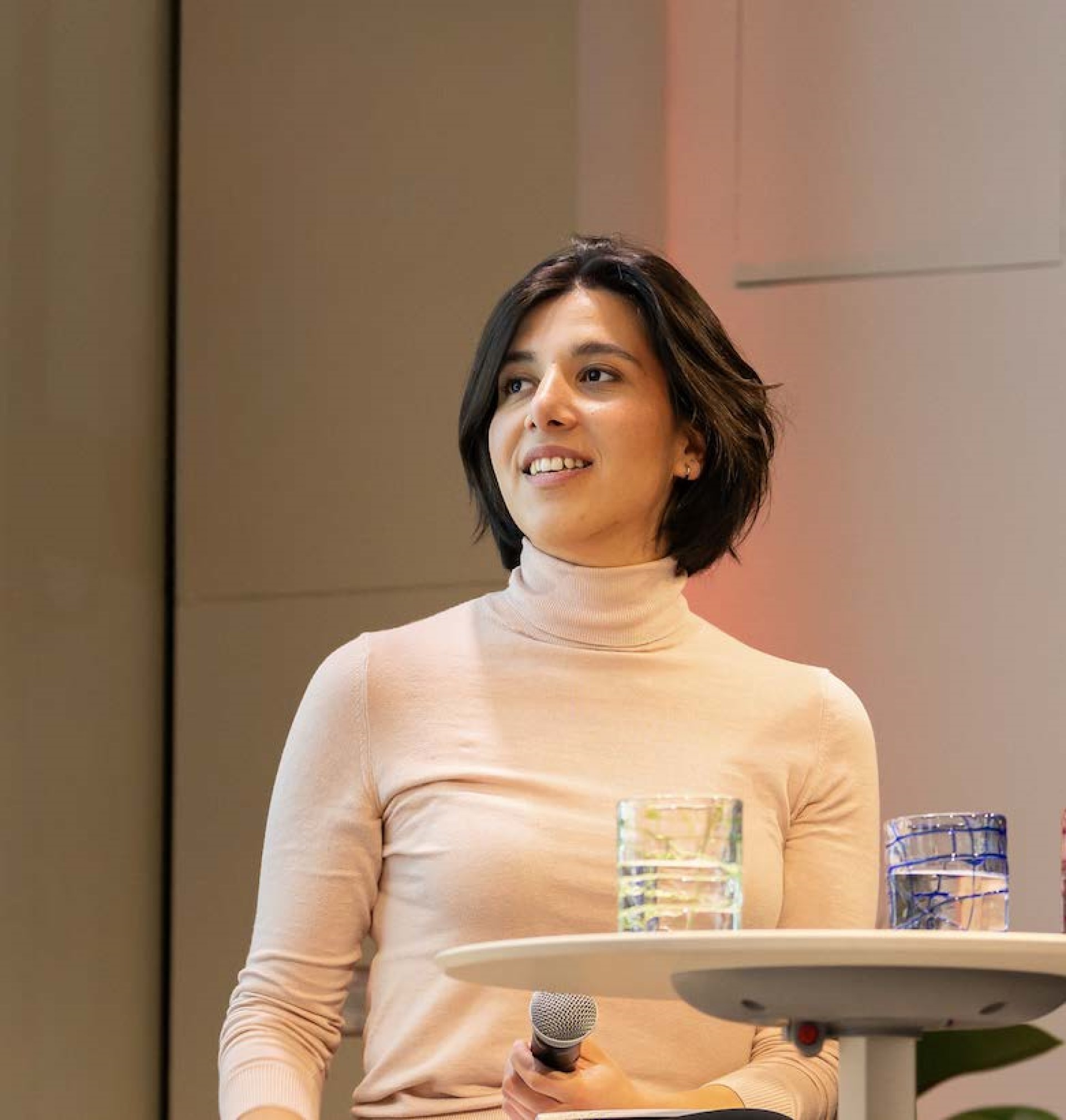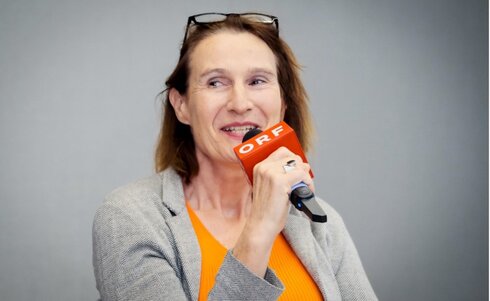Young People's Voices Are Worth Being Heard in the European Political Debate
As Europe is dealing with the challenge of including its youth in the democratic process, one critical arena stands out: European elections.
Despite the European Union's profound impact on the lives of its citizens, voter turnout among young people remains disproportionately low. Before diving into potential solutions, it's essential to grasp the factors contributing to young people's disengagement from European elections: First and foremost, are they really that disconnected from politics? And if so, what caused that distance?
First of all, many young Europeans perceive European politics as distant and disconnected from their daily lives, partially due to a lack of education on how important participation is in any democratic process. They often find it difficult to see the tangible impacts of European policies on issues that matter to them.
Even when we take into consideration young people who are already thoroughly informed and aware, we see a widespread political apathy among them, fuelled by disillusionment when it comes to traditional politics and institutions, that poses a significant barrier to their engagement.
Many feel alienated from the political process and sceptical of the ability of elected officials to effect meaningful change. This not even taking into consideration all those young people that come from families of migrants or young LGBT community members that often have a hard time feeling represented by a political party in their country.
Although all of those factors are contributing to an overall political exhaustion, we must always remember that vote is not the only political activity. This new generation is also active in strikes and manifestations such as FridaysForFuture, Gay Pride and is even active in an ongoing debate on social media.
As we see that most of the information is searched for in social media, we must ask ourselves: What is an efficient way to tackle news avoidance and, consequently, the media mistrust?
Education is paramount in equipping young voters with the critical thinking skills necessary to navigate the digital media landscape. Media literacy programs should teach students how to evaluate sources, identify misinformation, and distinguish between reliable and unreliable information.
A lack of accessible information about European politics leaves many young people uninformed and disinterested. Traditional modes of communication may fail to reach this demographic, leading to a gap in awareness and understanding of European institutions and their roles in shaping policies.
Encouraging young voters to seek out diverse perspectives from a range of reputable news sources can help counteract the effects of echo chambers and partisan bias.
As far as what European institutions and politicians can do to get closer and more connected to younger people, there are many steps that can be taken, and this is also valid for anyone that works in the information field and wants to reach a wider public to deliver trustworthy news.
Firstly, knowing your audience by conducting a dedicate audience research, using demographic data and analytics tools to understand the preferences, interests, and online behavior of young people on social media platforms, can help us identify key demographics, including age groups, geographic locations, and areas of interest, to tailor content and messages accordingly
Of course, this also implies that the next step is to listen and learn from this data. Since we can almost certainly predict that the medium that younger generations prefer are going to be social media platform, it’s safe to say that the logic thing to do is to monitor conversations and trends on social media platforms to identify topics, issues, and concerns that resonate with young people. It is important to get hold of how their algorithm works and what the audience wants to see. Engage with followers, respond to comments, and solicit feedback to build relationships and gain insights into their preferences and opinions.
Then, of course, we have to identify relevant platforms. We need to determine which social media platforms are most popular among young people in Europe, such as Instagram, TikTok, Snapchat, and Twitter.
Prioritizing platforms that align with the interests and preferences of the target audience and where one can effectively reach out and engage with them. Also, make sure to upload content that aligns with content already present on the platform. The risk of looking out of place is really high. So, tailor content to each platform: Adapt content formats and messaging to suit the unique features and audience demographics of each social media platform.
Use visual storytelling, short-form videos, and interactive content to capture attention and encourage engagement on platforms like Instagram and TikTok. Be authentic and relatable: showcasing the human side of European institutions by sharing behind-the-scenes glimpses, personal stories, and candid moments that resonate with young people. Use humor, wit, and creativity to inject personality into the content and foster a sense of connection and relatability.
This only works if one doesn’t forget that young people are still fully formed citizens and not children, there’s no need to explain or disclose information in a way that sounds sugar-coated or over-simplified. Once their trust is owned and media mistrust is getting progressively lower, we can also start redirecting people to other sources of information, such as institutional websites or reliable journals.
This will help getting them closer to the news again and more participant in the political debate as they’ll feel informed and aware, resulting in the confidence to engage in the political debate. Never forget that no matter how young our voters can be, they are still people with resourceful minds and active comprehension of the world around them. Inclusivity leads to a richer, more diverse, and interesting political panorama.

University of Florence
OVE Presse

Eschenbachgasse 9
1010 Wien






